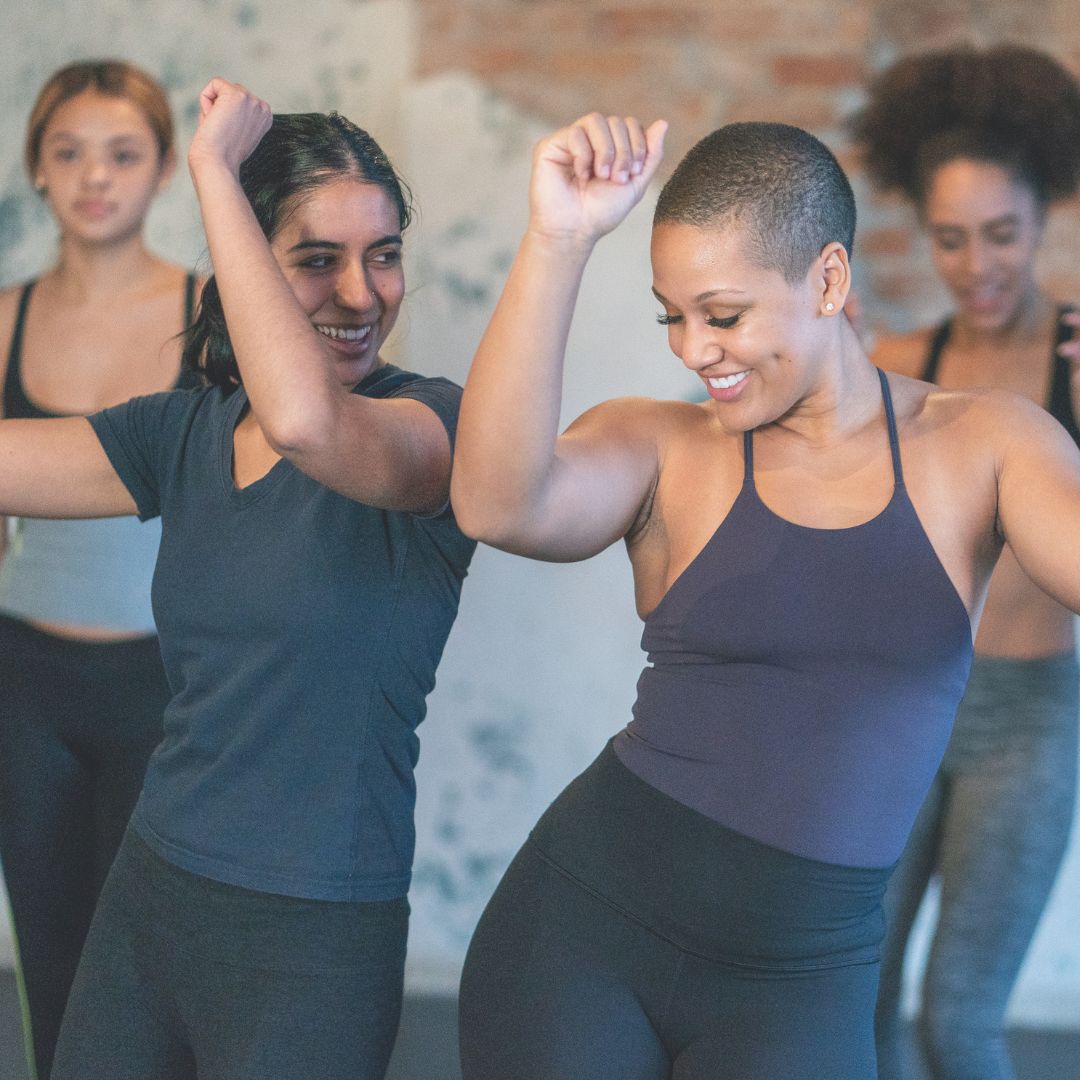
The Ultimate Guide to Dance Shoes and Sneakers: Finding the Perfect Fit for Every Style
Every dancer knows the importance of having the right footwear. Whether you’re spinning in salsa, leaping in ballet, or grooving in hip-hop, the right pair of dance shoes or sneakers can make all the difference in performance, comfort, and safety. But with so many options available, how do you know which type is best for your needs?
This guide breaks down the most popular types of dance shoes and sneakers, helping you choose the perfect pair for your style.
1. Ballet Shoes
Designed For: Ballet
Key Features:
- Soft leather or canvas uppers: Allow for flexibility and a close fit.
- Split or full soles: Split soles offer more flexibility for intricate movements, while full soles provide extra support for beginners.
- Snug fit: Ensures better control of footwork and alignment.
Ballet shoes are designed to give dancers precise control and showcase the graceful lines of their feet. Lightweight and minimal, these shoes are perfect for achieving the fluidity and elegance ballet requires.
2. Pointe Shoes
Designed For: Advanced Ballet
Key Features:
- Rigid toe box: Supports dancers en pointe.
- Shank insole: Provides support for the arch while standing on the tips of toes.
- Customizable fit: Often tailored for the individual dancer.
Pointe shoes are for advanced ballet dancers who have mastered the strength and technique needed to perform en pointe. These specialized shoes require proper training and careful fitting.
3. Jazz Shoes
Designed For: Jazz, Contemporary, and Theater Dance
Key Features:
- Low-profile design: Offers freedom of movement.
- Split soles: Enhance flexibility for jumps and intricate footwork.
- Slip-on or lace-up styles: Provide a secure fit.
Jazz shoes are versatile, lightweight, and built to support the quick movements and dramatic poses of jazz and contemporary styles.
4. Tap Shoes
Designed For: Tap Dance
Key Features:
- Metal plates (taps): Attached to the heel and toe for sound.
- Sturdy leather uppers: Provide durability and a secure fit.
- Sound quality: The structure of the shoe influences the tone and volume of the taps.
Tap shoes are essential for creating clear, crisp sounds during performances. Beginners often start with lower-profile heels, while advanced dancers may choose higher heels for added style and challenge.
5. Character Shoes
Designed For: Theater and Ballroom Dance
Key Features:
- Leather or synthetic uppers: Durable and easy to clean.
- Low to mid heels: Provide a balance of elegance and stability.
- Ankle straps: Ensure a secure fit during movement.
Character shoes are a staple for stage performers, offering the classic look of a dress shoe with the flexibility needed for dancing.
6. Ballroom and Latin Dance Shoes
Designed For: Ballroom, Salsa, Tango, and Other Partner Dances
Key Features:
- Suede soles: Allow for smooth spins and slides on polished floors.
- Lightweight design: Ensures ease of movement.
- Heels (for women): Provide balance and enhance posture.
Ballroom and Latin dance shoes are tailored for precision and elegance, helping dancers glide across the floor with style. However, their delicate soles are best suited for indoor dance floors.
7. Dance Sneakers
Designed For: Hip-Hop, Latin Dance, Zumba, and General Dance Fitness
Key Features:
- PU or rubber soles with pivot points: Allow for smooth spins while offering grip and durability for various surfaces.
- Lightweight construction: Reduces fatigue during high-energy routines.
- Cushioned insoles: Provide all-day comfort.
- Versatility: Stylish enough to transition from the studio to the street.
Dance sneakers are the perfect blend of performance and practicality, making them a go-to for dancers who need support, flexibility, and style in one package.
8. Foot Undies/Turners
Designed For: Contemporary and Lyrical Dance
Key Features:
- Barely-there design: Covers only the ball of the foot.
- Soft fabric or leather pads: Protect the skin while allowing full foot articulation.
- Elastic straps: Secure them in place during movement.
Foot undies are ideal for dancers who want to feel connected to the floor while still protecting their feet during spins and slides.
9. Flamenco Shoes
Designed For: Flamenco
Key Features:
- Nails in the toe and heel: Produce rhythmic percussive sounds.
- Sturdy leather construction: Ensures durability for intense footwork.
- Low, stable heels: Add elegance while supporting intricate movements.
Flamenco shoes are essential for this dramatic, rhythm-driven dance style, combining performance and durability.
10. Irish Dance Shoes
Designed For: Irish Dance
Key Features:
- Soft shoes (ghillies): Lightweight and lace-up for intricate footwork.
- Hard shoes: Similar to tap shoes, with reinforced soles for loud, rhythmic sounds.
Irish dance shoes are highly specialized, catering to the unique requirements of traditional Irish step dancing.
Choosing the Right Dance Shoes
With so many options available, finding the right dance shoes comes down to:
• Dance Style: Each style requires specific features for performance and safety.
• Comfort and Fit: Shoes should fit snugly but not cause discomfort.
• Versatility: For multi-style dancers, options like dance sneakers provide flexibility and convenience.
At Pulse Dance Sneakers, we believe in creating footwear that works for today’s dancer. Whether you need versatile sneakers for salsa and hip-hop or high-performance shoes for ballroom or Latin, we’ve got you covered.
Ready to find your perfect pair? Explore our collection and discover shoes designed to move with you—from studio to street.


